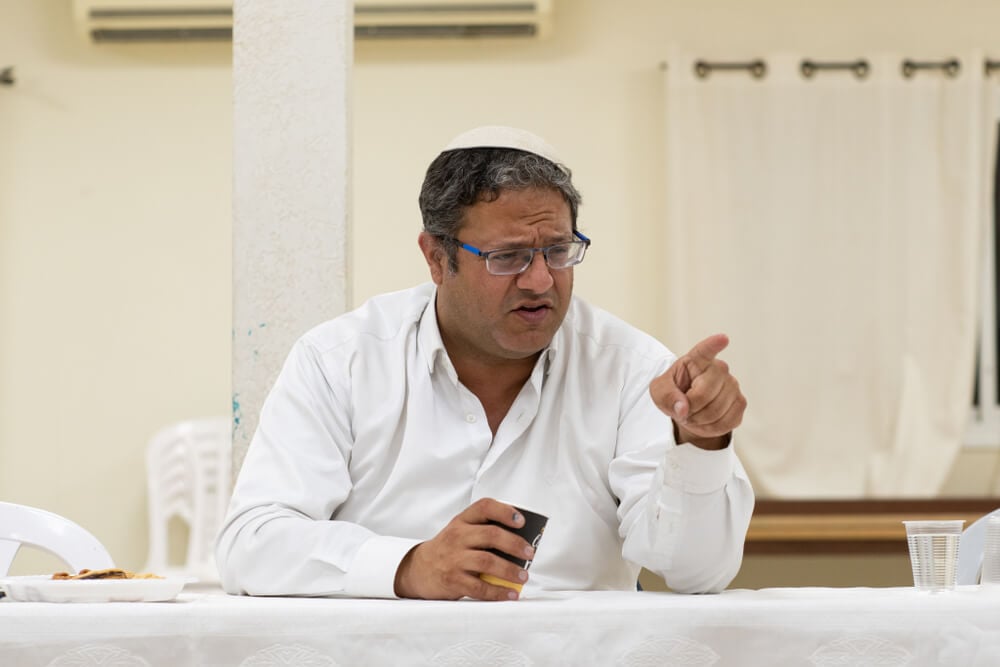Back in the hot summer of 2005, Israel pulled out about 8,000 settlers from Gaza and tore down their homes and synagogues before allowing Palestinians to roam in the previously sealed-off area where the Israelis had lived under military guard.
Palestinians were hopeful but under no illusions. “We are now like animals living a bigger safari park rather than a zoo,” a Palestinian told me then as I reported from Gaza.
Big plans by the World Bank and others to boost Gaza’s development failed after hitting an Israeli refusal on security grounds to loosen their land, sea and air blockade to facilitate trade.
After Hamas won legislative elections in 2006, much of the rest of the world joined Israel in boycotting the militant group’s government in Gaza.
Many settlers, meanwhile, vowed to return, saying they would never give up what they see as a God-given right to the territory. They see an opportunity in the latest Gaza war, in which the death toll is close to 43,000 people, continues to rise daily, and no ceasefire appears in sight despite resumed US-led talks.
“Gaza is ours, forever”
Israeli critics say their country appears to be implementing a so-called Generals’ Plan of siege and starvation to force up to 400,000 civilians out of northern Gaza before declaring the area an Israeli military zone, often a precursor to settlement, considered illegal under international law.
The Israeli government has denied such a plan but Israeli officers on the ground told the Israeli newspaper Haaretz it was being implemented openly.
A group of rightwing Israelis, government ministers and Knesset members met under the slogan “Gaza is ours, forever” near the Gaza border in late October to discuss how they might renew their Gaza settlement project.
Since the 7 October Hamas attack that killed about 1,200 people and 251 were taken hostage, the settler movement has been garnering support among Israelis.
As soon as 17 October last year, the Israeli Misgav Institute for National Security & Zionist Strategy called in a position paper for the “relocation and final settlement of the entire Gaza population”. It saw “a unique and rare opportunity to evacuate the whole Gaza Strip” into the Sinai desert.
The first big meeting of settler groups was held in December. In March, Jared Kushner, the property tycoon married to Donald Trump’s daughter Ivanka, suggested Israel should remove civilians while it “cleans up” Gaza and praised its potential “waterfront property” although he said he did not think that Israel had said it did not want the people to move back there.
 If we want it, we can renew settlements in Gaza - Itamar Ben-Gvir, Israel’s national security minister
If we want it, we can renew settlements in Gaza - Itamar Ben-Gvir, Israel’s national security minister
The latest settler meeting was held about 3 km from the Gaza border with the sounds of war in the background.
Called “Preparing to Resettle Gaza”, it was organised by Daniella Weiss, who was one of seven Israelis and five organisations who were placed under Canadian sanctions in June for “their violent and destabilising actions against Palestinian civilians and their property in the West Bank.”
Weiss was in fighting form at the meeting. ”As a result of the brutal massacre of the 7th October, the Gaza Arabs lost the right to be here ever, so they will go to the different countries of the world. They will not stay here.”
Israel’s national security minister, Itamar Ben-Gvir, was in total agreement. "If we want it, we can renew settlements in Gaza,” he said.
Long experience of seizing territory
The resettlement plan may seem like a long shot but the settlers have long experience of seizing territory inch by inch since Israel’s occupation of Gaza, the West Bank, East Jerusalem and the Golan Heights after the 1967 war.
Israeli rights groups and historians have documented how in the early years of the occupation, land was seized for “military purposes” and military outposts established before settlers moved in.
More than 620,000 Israeli citizens now live in the West Bank, about 209,000 of them in East Jerusalem that was annexed by Israel.
“When it comes to Israeli settlements, the state turns a blind eye and offers support and retroactive approval, all as part of an overarching policy to de facto annex parts of the West Bank to Israel’s sovereign territory,” says the Israeli human rights group Btselem.
While the Gaza resettlement project may seem like a long shot, many are taking it seriously
While the Gaza resettlement project may seem like a long shot, many are taking it seriously, such as Ahron Bregman, a former Israeli army officer.
“‘The Generals’ Plan’ planners are military people who don’t think about building settlements; that’s true. But I know the Israeli dynamic: north Gaza turns into empty land as all the Gazans are removed; then the Israelis build ‘military bases’, connecting it to water and electricity, then they bring in settlers dressed as soldiers, and, sooner than later, you have settlements in Gaza,” he wrote on X on 22 October.
US pleas for restraint by Israel have gone unheeded. In the latest “horrifying incident” described by Matthew Miller, US state department spokesman, he said there were reports of two dozen children killed in an Israeli strike on a residential building in northern Gaza on 29 October.
As the New York Times put it this week: “The United States has been relegated to the role of wing man, as its ally wages war on multiple fronts. That is a seminal shift.”